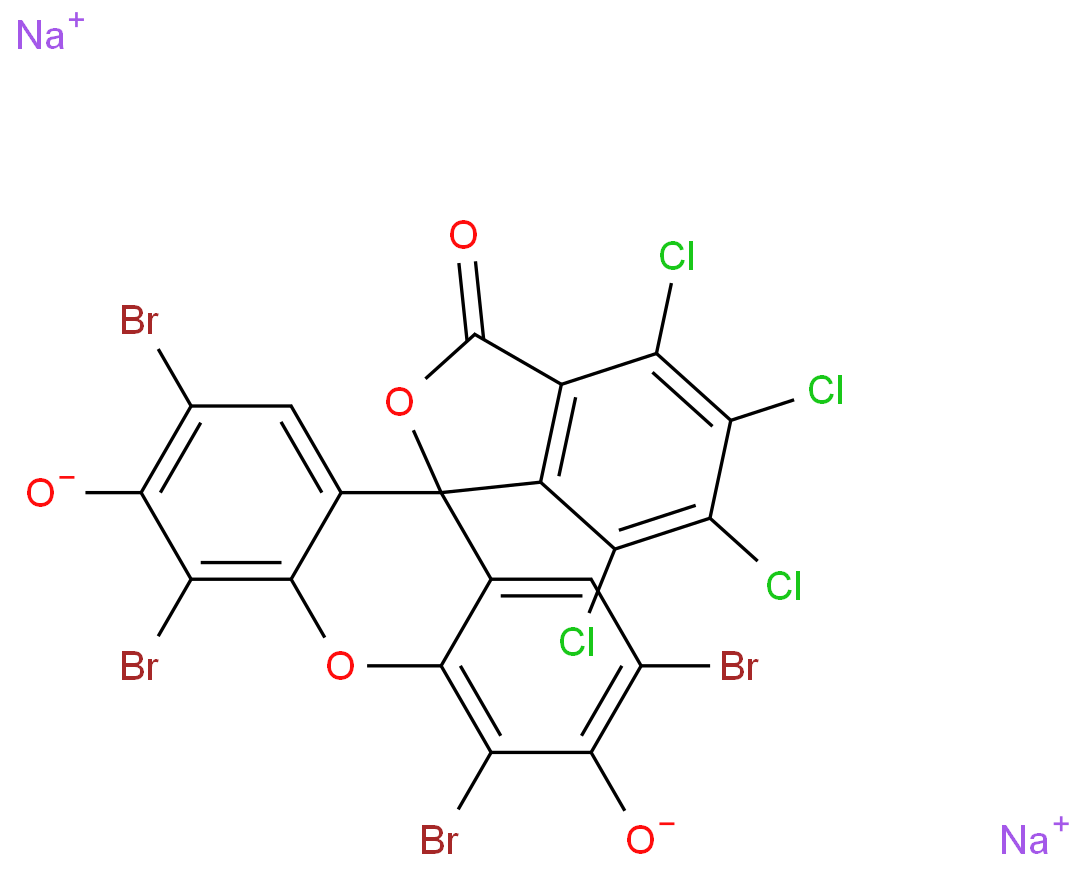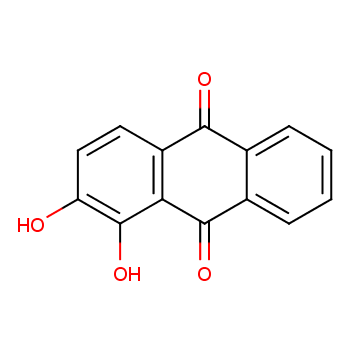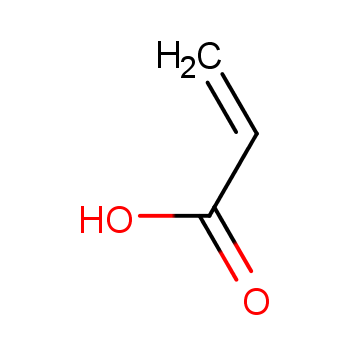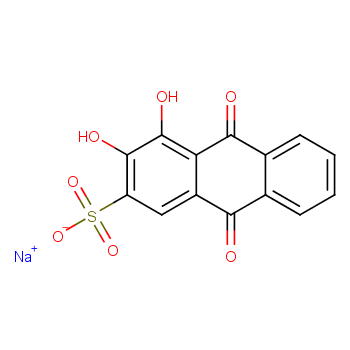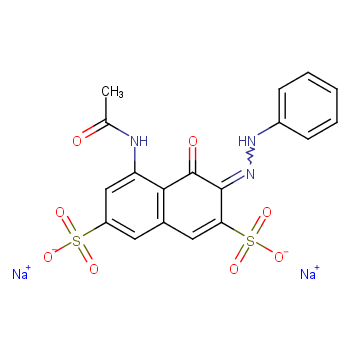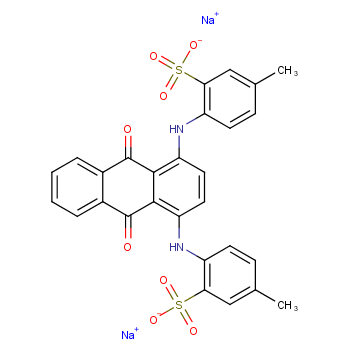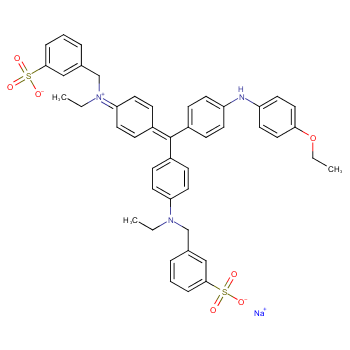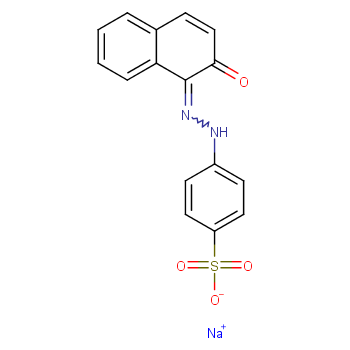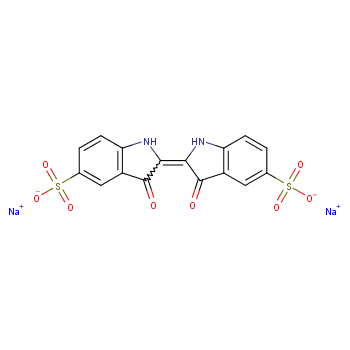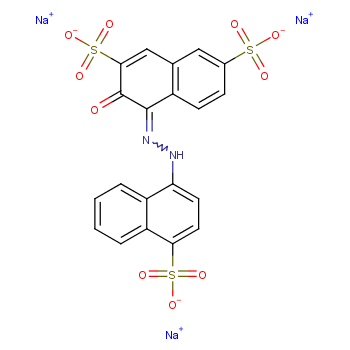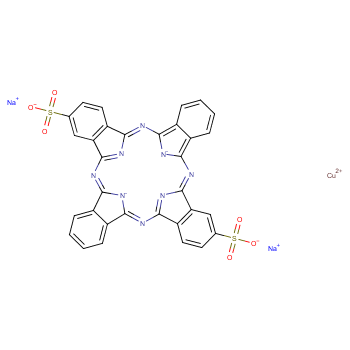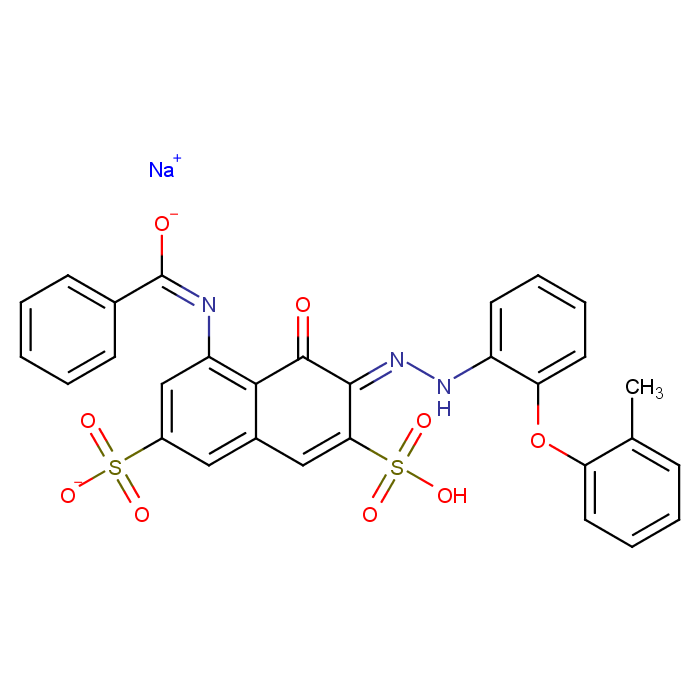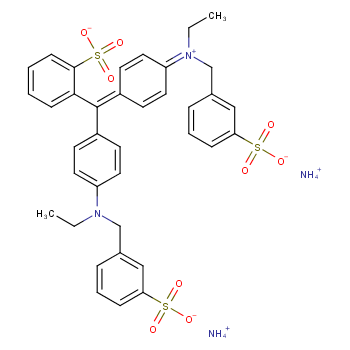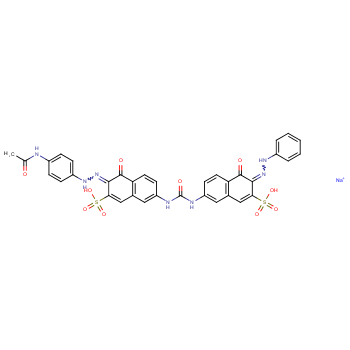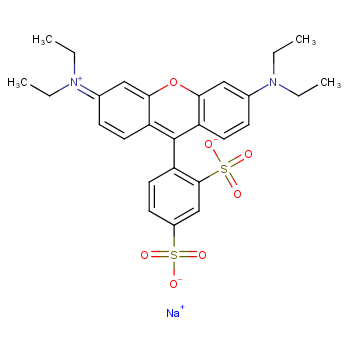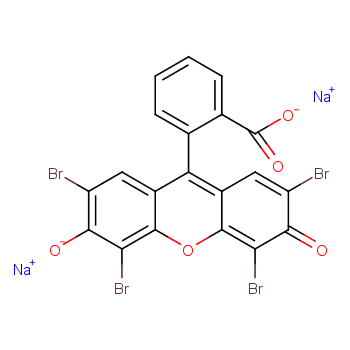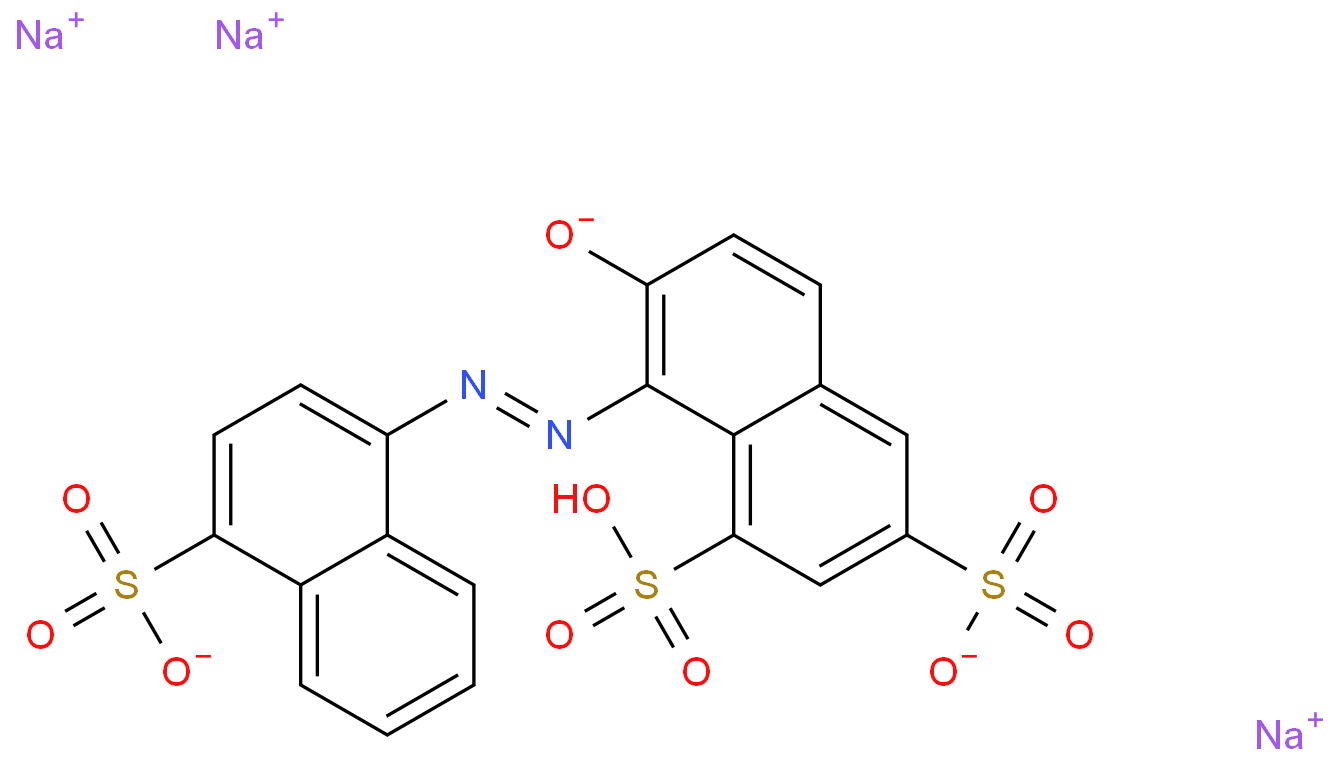Acid dyes are a type of synthetic water-soluble dyes that are commonly used for dyeing wool, silk, nylon, and other protein fibers. They are called "acid" dyes because their dyeing process involves the use of an acidic substance such as acetic acid or sulfuric acid.
Acid Dyes Categories
The categorization of Acid Dyes encompasses several distinct classifications, including acid milling dyes, acid metal complex dyes, and acid leveling dyes. These categories are determined by their specific properties and intended applications. Each type of Acid Dye brings forth unique attributes that cater to diverse dyeing requirements, contributing to the versatility and effectiveness of this dye class.
Acid Milling Dyes:
Acid milling dyes are a class of acid dyes used primarily for dyeing wool fibers. They have a relatively large molecular size, which allows them to penetrate and dye wool at lower temperatures and under acidic conditions. These dyes offer excellent leveling properties, which means they dye fibers uniformly even when there are differences in fiber affinity. Acid milling dyes are commonly used in the textile industry for producing vibrant and even colors on wool fabrics.
Acid Metal Complex Dyes:
Acid metal complex dyes are a subgroup of acid dyes that contain metal ions as part of their molecular structure. The presence of metal ions enhances their affinity for fibers and provides deeper and brighter shades. These dyes are used for dyeing protein fibers like silk and wool. The metal ions can form coordination bonds with the fiber molecules, resulting in improved wash and lightfastness properties.
Acid Leveling Dyes:
Acid leveling dyes are formulated to provide uniform dyeing on fibers with varying affinities for the dye. They are designed to migrate and evenly distribute themselves on the fiber surface during the dyeing process. This migration compensates for any uneven dye absorption, resulting in a more consistent color. Acid leveling dyes are particularly useful when dyeing blends of different fibers or fibers with varying dye affinities.
Acid Premetalized Dyes:
These dyes are premetallized versions of acid dyes, where the dye molecule is complexed with a metal ion before application. This complexation enhances dye-fiber affinity and improves color fastness. Premetalized acid dyes are often used for dyeing silk and wool, providing intense and vibrant shades.
Acid Dyes for Nylon:
Some acid dyes are specifically designed for dyeing nylon fibers. These dyes have properties that enable them to adhere effectively to nylon surfaces, resulting in bright and fast colors. Nylon acid dyes are commonly used for textile and garment dyeing.
Usage of Acid Dyes products
The utilization of Acid Dyes products spans multiple industrial sectors, each benefiting from the unique attributes these dyes offer. These sectors predominantly encompass textiles, paper manufacturing, and leather production, where Acid Dyes play a pivotal role in achieving desired coloration and enhancing material properties.
Textile Industry: Acid dyes find extensive use in the textile sector, particularly for dyeing protein-based fibers like silk, wool, and nylon. They are renowned for their exceptional ability to bond with these fibers, resulting in vibrant and colorfast hues. Textile manufacturers rely on acid dyes to create an extensive range of shades, patterns, and designs on garments, fabrics, and accessories.
Paper Manufacturing: In the paper industry, acid dyes are employed for coloring various paper products, including specialty papers, art papers, and tissue papers. These dyes infuse the paper with vivid colors, adding aesthetic appeal to packaging, artwork, and other paper applications.
Leather Processing: Acid dyes also find application in leather processing, where they are used to color leather goods such as shoes, bags, belts, and upholstery. Their strong affinity for protein-based substrates allows them to penetrate and adhere to leather surfaces effectively, resulting in consistent and enduring coloration.
One of the standout features of acid dyes is their impressive color vibrancy. The dyes exhibit a wide spectrum of colors, ranging from bold and intense shades to more subtle and delicate hues, enabling manufacturers to meet a variety of color preferences and trends.
Furthermore, acid dyes are celebrated for their commendable wash and light fastness properties. This means that dyed materials maintain their color brilliance even after repeated washings and exposure to sunlight, ensuring the longevity of the final product.
Another advantage lies in the capacity of acid dyes to operate at relatively lower dyeing temperatures. This energy-efficient attribute not only reduces environmental impact but also proves beneficial when working with heat-sensitive materials.
.more+


